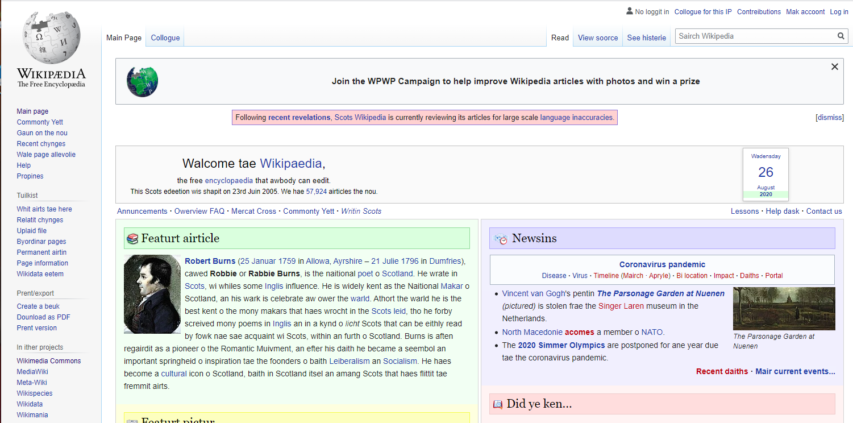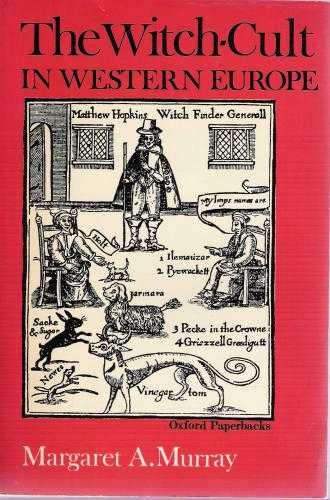[Note: the premium plane deep-dive video Rex refers to for “next week” got posted earlier instead – https://quotulatiousness.ca/blog/2020/08/20/will-a-premium-plane-really-cut-out-of-the-box/]
Rex Krueger
Published 26 Aug 2020From backyard to workbench; make your own chopping-block!
More video and exclusive content: http://www.patreon.com/rexkrueger
Get the FREE leg plans: https://www.rexkrueger.com/store/chop…Need a workbench? Build my Joiner’s Bench for about $250 including hardware and vise!
Video: https://www.youtube.com/watch?v=zcq1L…
Plans: https://www.rexkrueger.com/store/join…Make the Low Japanese Sawhorses: https://www.youtube.com/watch?v=j7O7E…
Get the plans: https://www.rexkrueger.com/store/2d7p…Tools/materials in this video (affiliate):
Japanese Ryoba Saw: https://amzn.to/2Qq3lZN
F Clamp: https://amzn.to/2Qtbddb
Screw Clamp: https://amzn.to/3gCa5i8
(This is not the cheapest screw-clamp, but it’s a good brand.)
Lag Screws: https://amzn.to/32w7PUi (I bought mine at the home-center, they were cheaper.)
Washers: https://amzn.to/2QnM8Ap (This is a 100 pack, but you can’t beat the price!)Sign up for Fabrication First, my FREE newsletter: http://eepurl.com/gRhEVT
Wood Work for Humans Tool List (affiliate):
Stanley 12-404 Handplane: https://amzn.to/2TjW5mo
Honing Guide: https://amzn.to/2TaJEZM
Green buffing compound: https://amzn.to/2XuUBE2
Cheap metal/plastic hammer for plane adjusting: https://amzn.to/2XyE7Ln
Spade Bits: https://amzn.to/2U5kvML
Metal File: https://amzn.to/2CM985y (I don’t own this one, but it looks good and gets good reviews. DOESN’T NEED A HANDLE)
My favorite file handles: https://amzn.to/2TPNPpr
Block Plane Iron (if you can’t find a used one): https://amzn.to/2I6V1vh
Stanley Marking Knife: https://amzn.to/2Ewrxo3
Mini-Hacksaw: https://amzn.to/2QlJR85
Blue Kreg measuring jig: https://amzn.to/2QTnKYd
Blue Handled Marples Chisels: https://amzn.to/2tVJARY
Suizan Dozuki Handsaw: https://amzn.to/3abRyXB
Vaughan Ryoba Handsaw: https://amzn.to/2GS96M0
Glue Dispenser Bottle: https://amzn.to/30ltwoB
Orange F Clamps: https://amzn.to/2u3tp4X
Blue Painters Tape: https://amzn.to/35V1Bgo
Round-head Protractor: https://amzn.to/37fJ6oz
5 Minute Epoxy: https://amzn.to/37lTfjK
Dewalt Panel Saw: https://amzn.to/2HJqGmOPlans, t-shirts, and hoodies: http://www.rexkrueger.com/store
Get my woodturning book: http://www.rexkrueger.com/book
Follow me on Instagram: @rexkrueger









